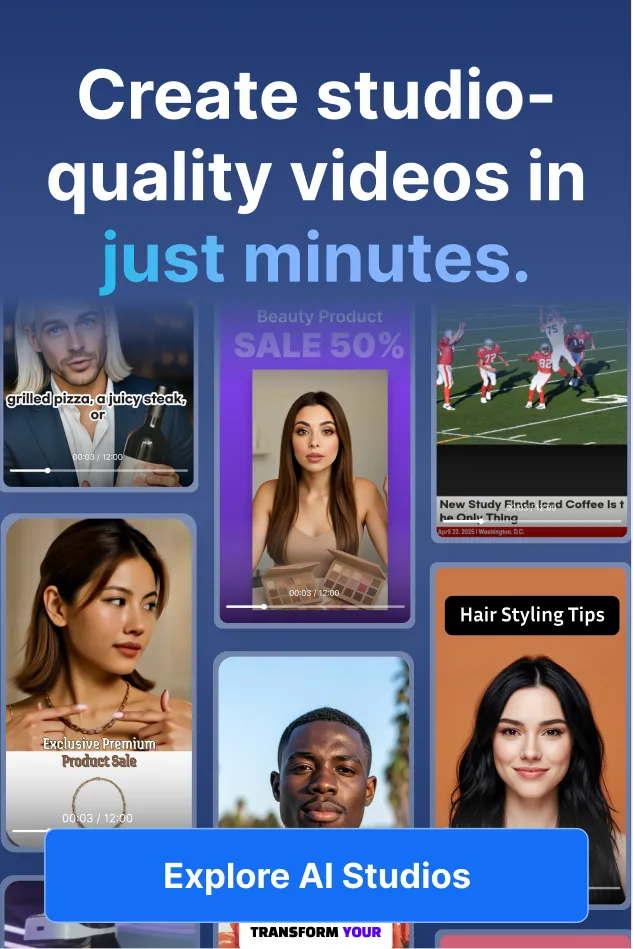Who Owns AI Chat GPT? 🤖
Have you ever conversed with an AI so sophisticated that you forgot you weren't talking to a human? 🧠 Behind this veil of artificial intelligence lies Chat GPT, a marvel of modern technology that has been causing ripples across various industries. 💼 But amidst the awe-inspiring capabilities of Chat GPT, a pressing question looms: Who actually owns this groundbreaking technology? Ownership implies control, and in the case of an AI as powerful as Chat GPT, control is synonymous with shaping the future. 🔮 As Mark Twain once said, "The secret of getting ahead is getting started." So let's embark on a journey to unveil the entity behind Chat GPT and comprehend the significance of its proprietorship. 🛤️
Diving into the heart of this inquiry, we'll explore not just the "who," but also the "what," and the "how" of Chat GPT. 💡 Understanding the essence of Chat GPT is the first step toward appreciating its value and potential impact. What are the capabilities that set Chat GPT apart from its predecessors? How does it transform industries and what are the practical examples of its use? 🏭 And perhaps most intriguingly, how do common misconceptions and concerns reflect our relationship with this AI as a society? 🤔 These are the threads we will unravel as we navigate through the intricacies of ownership, responsibility, and innovation. 🌐
What is Chat GPT?
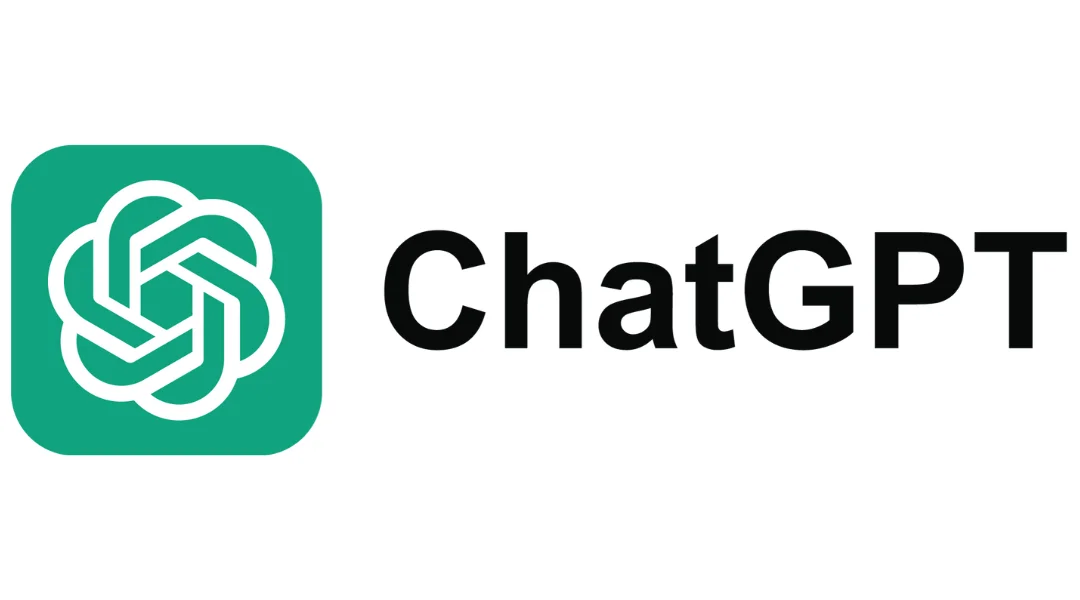
Chat GPT is a state-of-the-art language processing AI developed by OpenAI. It stands for "Chat Generative Pre-trained Transformer." This AI is designed to understand and generate human-like text based on the input it receives. It can converse, answer questions, and even mimic writing styles, making it an incredibly versatile tool for a variety of applications.
Types of GPT Models
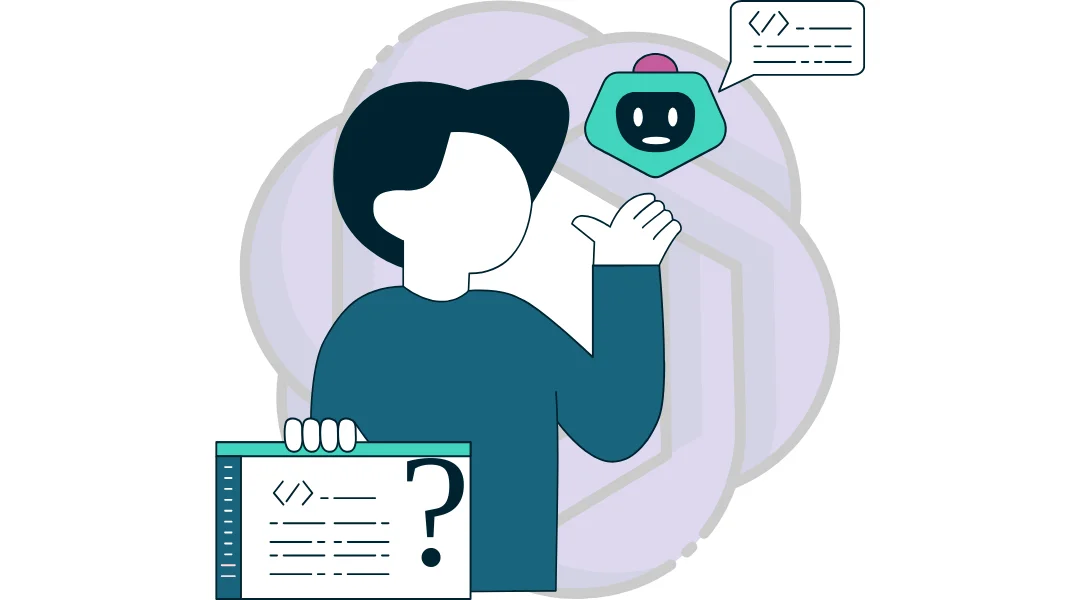
Before we delve into ownership, it's important to understand the different types of GPT models:
| Generation | Model Name | Parameters | Description |
|---|---|---|---|
| 1st | GPT-1 | 117 million | The first in the series, GPT-1 laid the groundwork for AI in language-based tasks with human-like text generation capabilities. |
| 2nd | GPT-2 | 1.5 billion | With a significantly higher parameter count, GPT-2 improved coherence and context accuracy in text generation, marking a leap in AI language understanding. |
| 3rd | GPT-3 | 175 billion | GPT-3 emerged as a powerhouse, capable of complex language tasks and demonstrating a deep understanding of context and nuance in language. |
| 4th | GPT-4 | TBD | The upcoming GPT-4 is expected to surpass its predecessors in scale and sophistication, enhancing AI's creative text generation and problem-solving capabilities. |
- GPT-1: The trailblazer of the GPT lineage, GPT-1, arrived with 117 million parameters, proving that machines could begin to mimic human-like text generation. This initial model set the stage for the transformative impact of AI on language-based tasks.
- GPT-2: The second iteration, GPT-2, expanded its parameter count to 1.5 billion, significantly improving the model's ability to generate coherent and contextually accurate text. Its release marked a substantial advancement in AI's capability to understand and generate human language, making it a valuable tool for a variety of text-based applications.
- GPT-3: GPT-3 took the world by storm with its 175 billion parameters, redefining what artificial intelligence could achieve in understanding and generating human language. Its ability to perform complex language tasks, from summarizing extensive documents to generating creative content, showcased the model's deep comprehension of context and nuance.
- GPT-4: The most recent addition to the GPT family, GPT-4, is poised to surpass its predecessors in both scale and sophistication. Although OpenAI has been discreet about the exact details of GPT-4's architecture, the AI community eagerly anticipates a model that further enhances the creative and coherent generation of text, pushing the boundaries of AI's problem-solving and conversational abilities.
Capabilities of Chat GPT

Chat GPT's capabilities are vast and impressive. Here are a few highlights:
- Conversational AI: It can engage in dialogue that is often indistinguishable from a human, providing responses that are contextually relevant.
- Content Creation: It can write essays, create poetry, or generate code, among other things.
- Language Translation: With its deep learning, it can translate languages with a high degree of accuracy.
- Knowledge and Research: It can summarize information and provide explanations on a wide range of topics.
Who Owns Chat GPT?
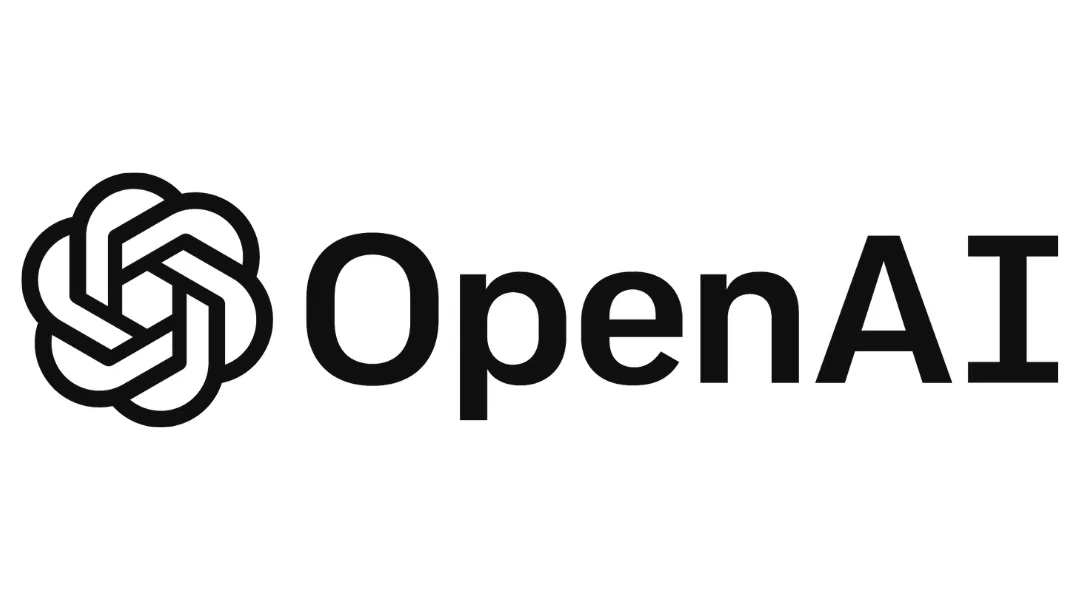
Chat GPT is owned by OpenAI LP, an artificial intelligence research lab consisting of the for-profit OpenAI LP and its parent company, the non-profit OpenAI Inc. OpenAI was founded in December 2015 by Elon Musk, Sam Altman, and other prominent figures in the tech industry, with the goal of promoting and developing friendly AI in a way that benefits humanity as a whole.
OpenAI's Mission and Structure
OpenAI started as a non-profit organization but later restructured into a "capped-profit" company to attract capital for its expensive AI research while still adhering to its original principles. Investors in OpenAI LP are capped in the profits they can receive, with excess profits being used to further the mission of OpenAI Inc.
Practical Examples and Use Cases
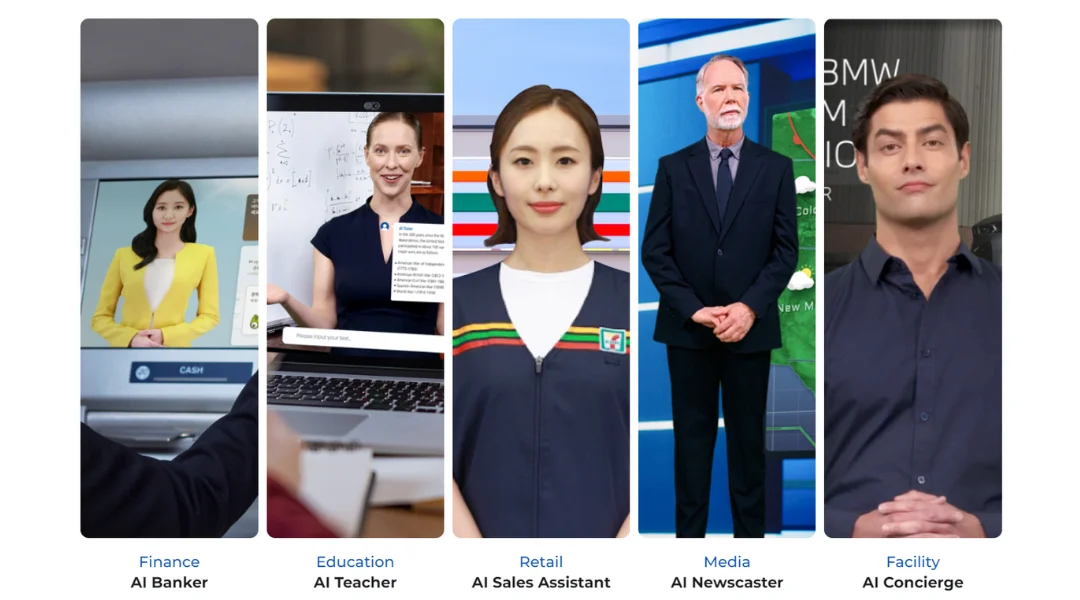
Chat GPT has a wide range of applications across various industries. Here are some practical examples:
- Customer Service: Automating responses to customer inquiries and providing 24/7 support without the need for human intervention.
- Education: Assisting with tutoring by explaining complex concepts and providing practice problems.
- Healthcare: Offering preliminary medical advice and helping with administrative tasks like scheduling.
- Creative Industries: Assisting writers and artists in generating ideas and content.
DeepBrain AI Create AI Video with ChatGPT!
The process of creating content with DeepBrain AI is intuitive and streamlined, allowing anyone to create high-quality AI videos with minimal effort.
- Create a project: Users can start by selecting a pre-designed template or uploading their own PowerPoint presentation to convert it into a video project.
- Enter script: The next step is to enter the dialog or text that you want the AI to express in the video. You can enter subtitles or paste a pre-written script for the AI to deliver as spoken content.
- Select a customized AI model: After entering the script, users can select the AI model that best fits the language and style of the content. Based on this selection, the platform will process the content, and the user can download the synthesized AI human video in a short time.
DeepBrain AI has enhanced its platform by integrating ChatGPT's text generation capabilities. With the 'Create AI video with ChatGPT' feature, users only need to enter a topic and select a template, and ChatGPT will automatically generate a script for the video. This integration has greatly simplified the content creation process, allowing users to create engaging and informative videos for platforms like YouTube and TikTok with unprecedented efficiency.
Addressing Common Misconceptions and Concerns
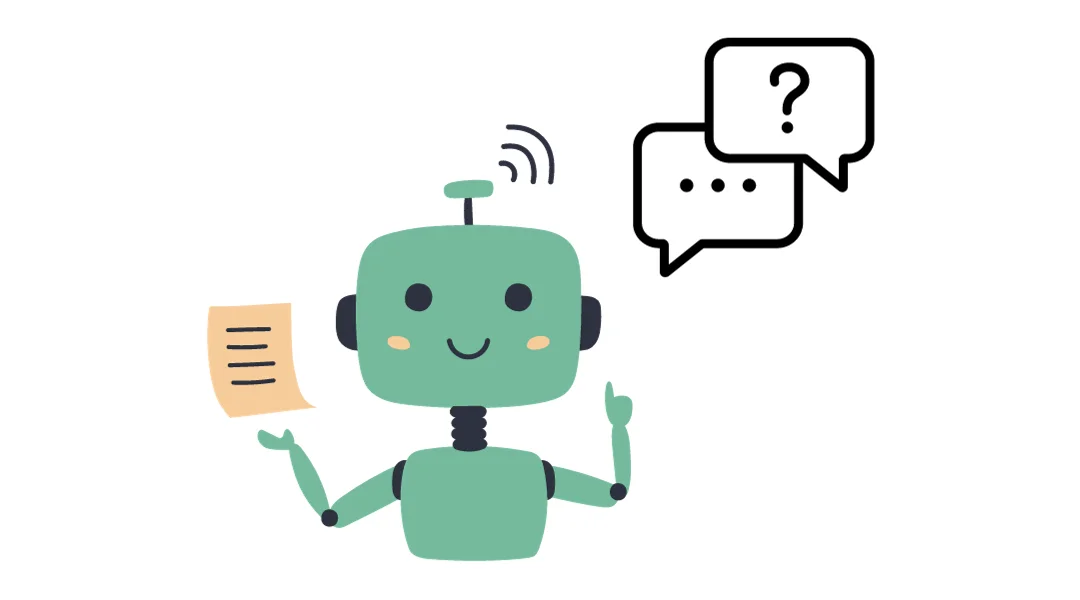
Misconception: Chat GPT Will Replace Human Jobs
While Chat GPT can automate certain tasks, it is not a replacement for human creativity and empathy. It is a tool that can augment human abilities and take over repetitive tasks, potentially freeing people to focus on more complex and fulfilling work.
Concern: Bias and Safety
OpenAI is aware of the potential for AI models like Chat GPT to perpetuate biases found in training data. The organization continuously works on improving the safety and fairness of its models through research and updates.
Concern: Misuse of Technology
There is a concern that such powerful technology could be misused. OpenAI has policies in place to prevent abuse and collaborates with other organizations to ensure the responsible deployment of AI.
In summary, Chat GPT leads in AI innovation, pushing language processing and application capabilities to new limits. As a creation of OpenAI, it reflects the organization's commitment to advancing technology for the greater good.
The evolution from GPT-1 to GPT-4 showcases the rapid progress in AI and Chat GPT's diverse applications across industries. While addressing concerns such as bias and safety, OpenAI remains dedicated to responsible deployment and preventing misuse. Chat GPT is changing how humans and AI interact. It shows how AI and people can work together to create new opportunities and make our lives better.

